Alejandro Casona’s masterpiece, La Dama del Alba, is a poignant serious comedy set in Asturias, exploring themes of death, mystery, and redemption through Angélica’s enigmatic disappearance, blending lyrical drama with deep emotional resonance.
Overview of the Play
La Dama del Alba is a four-act serious comedy by Alejandro Casona, blending drama and hope. Set in Asturias, it revolves around Angélica’s mysterious disappearance and the legend of her presence in the river. The play explores themes of death, mourning, and redemption, culminating in a hopeful resolution. Casona’s lyrical style and deep emotional depth make it a landmark in Spanish theater, cherished for its cultural and dramatic richness.
Historical Context of the Work
La Dama del Alba, written by Alejandro Casona, was first published in 1944 and premiered in Buenos Aires. Set in the Asturias region of Spain, it reflects the cultural and emotional landscape of the time. The play captures the essence of Asturian traditions and folklore, blending them with universal themes of death, mystery, and redemption. Its historical significance lies in its ability to transcend time, offering a profound exploration of human emotions during a period marked by social and political change in Spain and beyond.
Significance of the Title “La Dama del Alba”
The title La Dama del Alba translates to “The Lady of the Dawn,” symbolizing hope and renewal. It reflects the play’s themes of mystery, death, and ultimate redemption. The “Dawn” represents a new beginning, while the “Lady” embodies the enigmatic figure of Angélica, whose disappearance and legacy drive the story. The title encapsulates the delicate balance between darkness and light, mirroring the emotional journey of the characters and the enduring power of love and memory in the face of loss.
Background of the Author, Alejandro Casona
Alejandro Casona, born Alejandro Rodríguez Álvarez, was a renowned Spanish playwright and poet, deeply rooted in Asturian culture. His works blend lyricism with dramatic depth, influencing Spanish theater and cinema significantly.
Alejandro Casona’s Biography
Alejandro Casona, born Alejandro Rodríguez Álvarez in 1892 in Bilbao, Spain, was a distinguished playwright, poet, and essayist. Exiled during the Spanish Civil War, he settled in Argentina, where he continued his literary career. His works, including La Dama del Alba, reflect his deep connection to Asturian culture and explore themes of identity and human emotion. Casona’s legacy endures as a pivotal figure in 20th-century Spanish literature, celebrated for his poetic prose and dramatic innovation. His writings remain widely studied and performed, inspiring new adaptations and interpretations.
His Contribution to Spanish Literature
Alejandro Casona significantly enriched Spanish literature with works like La Dama del Alba, blending lyrical prose with dramatic depth. His unique style, often described as a “serious comedy,” explored universal themes such as death, family, and redemption, resonating deeply with audiences. Casona’s plays, adapted into numerous films and theatrical productions, have left an indelible mark on Spanish theater. His ability to weave Asturian culture into his narratives has made his works a cornerstone of regional and national identity, ensuring his legacy as a master of 20th-century Spanish drama.
Major Themes in His Works
Alejandro Casona’s works, including La Dama del Alba, explore universal themes such as death, mourning, and redemption, often intertwined with family dynamics and regional folklore. His narratives frequently blend mystery and legend, creating a unique emotional resonance. Casona’s writing highlights the human condition, emphasizing the struggle between sorrow and hope. His use of dramatic techniques and symbolism adds depth to his stories, making them timeless. These themes, deeply rooted in Asturian culture, have solidified his reputation as a master of emotional and lyrical storytelling in Spanish literature.

Structure and Style of the Play
La Dama del Alba is a four-act serious comedy blending tragedy and humor, with a poetic title reflecting its lyrical tone and symbolic storytelling, enriched by dramatic techniques.
Four-Act Structure and Its Importance
The play’s four-act structure masterfully builds tension and resolution, transitioning from tragedy to comedy. Act one introduces the mystery of Angélica’s disappearance, while act two deepens the emotional struggle. Act three reaches a dramatic climax, and act four resolves with hope and redemption. This structure underscores the play’s thematic balance, allowing exploration of death, family, and legend. The four acts create a cohesive narrative arc, enhancing the emotional and symbolic depth of the story, while maintaining dramatic pacing and thematic coherence throughout.
Use of Serious Comedy as a Genre
La Dama del Alba blends drama and comedy, creating a unique narrative balance. The term “serious comedy” reflects its emotional depth, exploring death and mystery, yet ending with hope. This genre allows Casona to address profound themes like loss and redemption while maintaining an uplifting tone. The play’s structure ensures a harmonious mix of tragic elements and comedic relief, engaging audiences emotionally and intellectually. This genre choice enhances the story’s universal appeal, making it a timeless work in Spanish theater.
Symbolism and Dramatic Techniques
La Dama del Alba employs rich symbolism and dramatic techniques to convey its themes. The river symbolizes mystery and fate, while the house represents family ties. Casona uses dialogue and stage directions to build tension, creating a haunting atmosphere that immerses the audience. The Peregrina’s appearances and the recurring motif of light and darkness enhance the play’s emotional depth. These techniques not only highlight the characters’ struggles but also underscore the interplay between reality and legend, making the narrative both compelling and thought-provoking.
Key Themes in “La Dama del Alba”
Death, mourning, and redemption are central themes, intertwined with family bonds and mystery. The play explores human resilience, hope, and the blending of reality with legend, creating profound emotional depth.
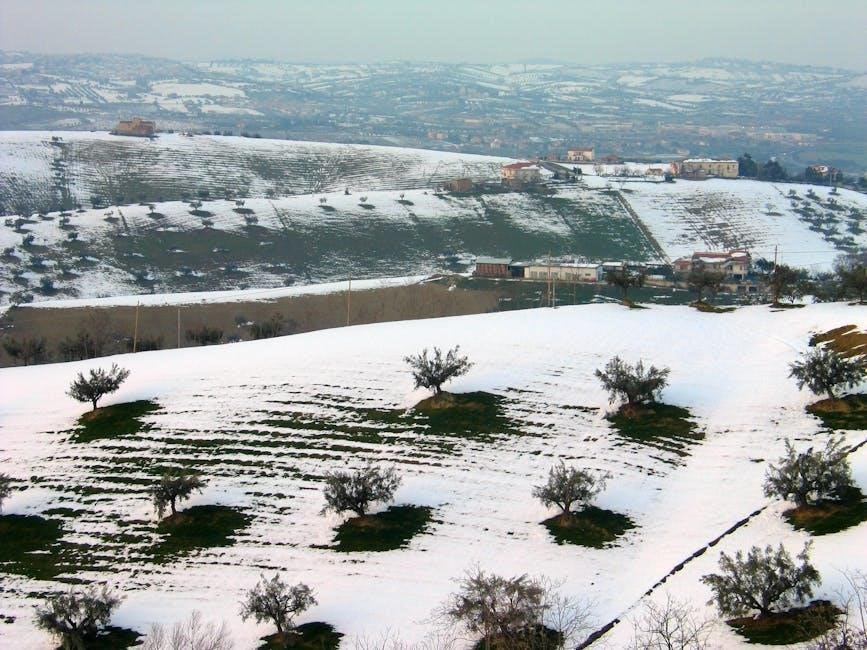
The Theme of Death and Mourning
Death and mourning are central to the narrative, as Angélica’s mysterious disappearance sparks a profound emotional journey for her family. The play explores grief’s transformative power, blending sorrow with hope. Casona uses death as a catalyst for introspection, revealing the resilience of the human spirit. The lingering presence of the past and the unknown creates a haunting yet redemptive atmosphere, allowing characters to confront loss and find solace in the promise of renewal. This theme resonates deeply, making it a cornerstone of the play’s emotional and philosophical depth.
Family and Relationships
La Dama del Alba delves into the intricate dynamics of family bonds and relationships, particularly through the disappearance of Angélica and its impact on her husband, Martín, and their household. The play portrays how grief strains and reshapes family ties, while also highlighting the enduring love and loyalty that sustain them. The Peregrina’s arrival further complicates these relationships, introducing elements of mystery and hope. Casona’s exploration of human connections underscores the resilience of family in the face of tragedy, making it a central emotional pillar of the story.
Mystery and Legend
La Dama del Alba is deeply rooted in mystery, as Angélica’s disappearance in the river sparks a haunting legend. The play weaves together the enigmatic circumstances of her vanishing and the Peregrina’s arrival, creating an air of intrigue. The river becomes a symbolic threshold between life and death, while the Peregrina’s presence suggests a connection to the supernatural. This interplay of mystery and legend captivates both the characters and the audience, transforming the story into a timeless tale of wonder and emotional depth, deeply embedded in Asturian culture and folklore.
Redemption and Hope
La Dama del Alba offers a powerful narrative of redemption and hope amidst tragedy. Angélica’s disappearance and the Peregrina’s arrival symbolize the possibility of forgiveness and renewal. Through Martín’s journey from despair to acceptance, Casona highlights the human capacity to heal and find hope. The play’s resolution, marked by the promise of a new beginning, underscores the transformative power of love and resilience. This theme resonates deeply, leaving audiences with a sense of optimism and renewal, even in the face of profound loss and mystery.
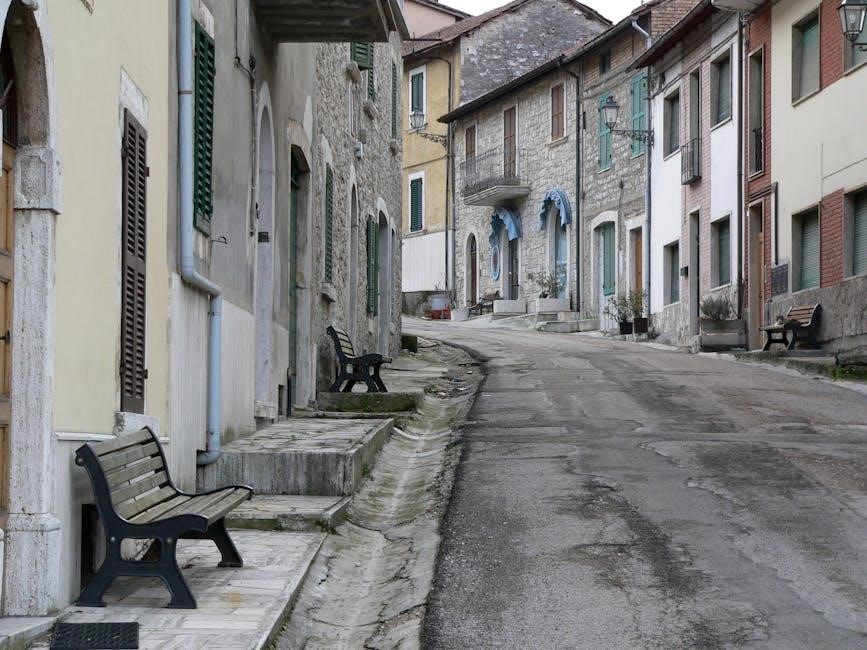
Major Characters in the Play
The play revolves around Angélica, whose mysterious disappearance sparks the story, Martín, her grieving husband, and the Peregrina, a mystical figure offering guidance and hope, shaping the narrative’s emotional depth and resolution.
Angélica and Her Disappearance
Angélica’s mysterious disappearance in the river sparks the central plot of La Dama del Alba. Her vanishing occurs three years prior to the story, leaving her husband, Martín, in profound grief. The enigmatic circumstances of her death become a legend, intertwined with the supernatural presence of the Peregrina. Angélica’s memory haunts the Narcés household, symbolizing loss and longing. Her character embodies the tragic beauty of Asturian culture, while her absence drives the narrative’s exploration of mourning, hope, and redemption, making her disappearance a pivotal element in Casona’s masterpiece.
Martín and His Struggle
Martín, the protagonist, grapples with the loss of his wife, Angélica, whose mysterious disappearance in the river has left him in deep mourning. His struggle is both emotional and existential, as he seeks to reconcile his grief with the possibility of moving forward. The presence of the Peregrina and the lingering legend of Angélica’s fate intensify his internal conflict, forcing him to confront themes of death, memory, and redemption. Martín’s journey reflects the human capacity to endure loss while clinging to hope, making his struggle a central emotional anchor of the play.
The Role of the Peregrina
The Peregrina, a mysterious wanderer, plays a pivotal role in unraveling the enigma surrounding Angélica’s disappearance. Her arrival at the Narcés household brings a sense of hope and revelation, offering Martín a chance to confront his grief. Through her presence, the Peregrina bridges the past and present, providing spiritual guidance and facilitating the play’s redemptive conclusion. Her character symbolizes the transformative power of empathy and understanding, making her an essential figure in the narrative’s emotional and thematic resolution.
Other Supporting Characters
Supporting characters like Telva and others in La Dama del Alba add depth to the narrative, each contributing unique perspectives to the unfolding mystery. Telva, for instance, embodies the wisdom and intuition of the community, offering subtle guidance. These characters enrich the emotional landscape, highlighting themes of collective memory and resilience. Their interactions with the main characters, particularly Martín, underscore the play’s exploration of human connection and the power of shared experiences in overcoming sorrow.
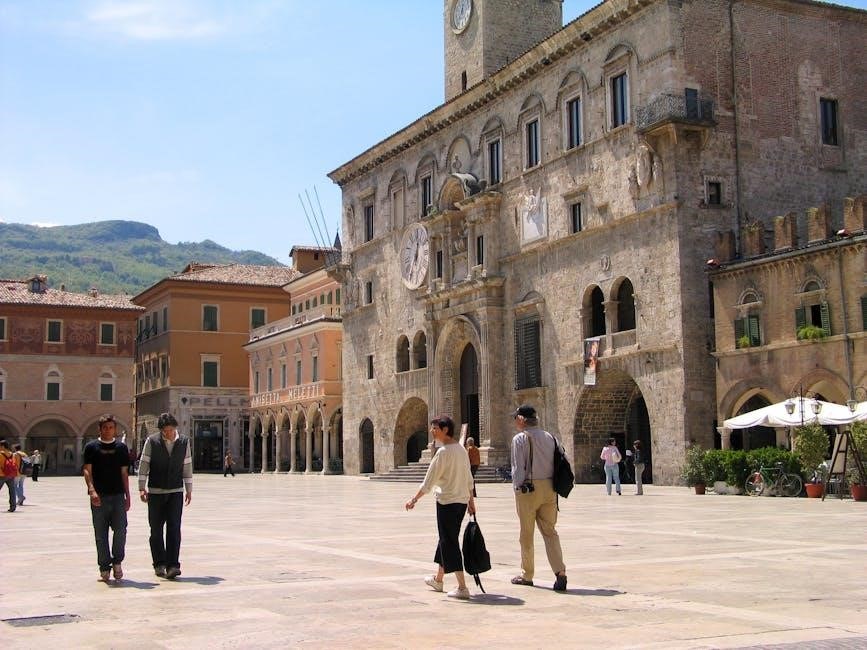
Cultural and Historical Significance
La Dama del Alba is a cultural treasure, deeply rooted in Asturian traditions and Spanish heritage, offering timeless themes that resonate universally while preserving regional identity and history.
Representation of Asturian Culture
La Dama del Alba profoundly reflects Asturian culture, immersing audiences in the region’s traditions, landscapes, and folklore. The play’s setting in Asturias highlights the distinctive charm of the area, blending local legends with personal drama. Casona’s vivid portrayal of the Narcés household and the river’s mystique showcases Asturian identity. The work is celebrated for its authentic depiction of regional heritage, making it a cherished representation of Asturian life and traditions in Spanish literature and theater productions.
Impact on Spanish Theater
La Dama del Alba has left an indelible mark on Spanish theater, becoming a classic of 20th-century drama. Its premiere in 1944 marked a turning point, blending lyrical depth with dramatic intensity. The play’s success inspired numerous adaptations and stagings, solidifying its place in theatrical history. Its influence extends to contemporary playwrights, who draw inspiration from Casona’s unique storytelling; The work remains a cornerstone of Spanish theater, celebrated for its emotional resonance and cultural significance, continuing to captivate audiences and scholars alike.
Comparisons with Other Works by Casona
La Dama del Alba stands as Alejandro Casona’s most cherished work, often compared to his plays like La Gallarda and El Adefesio. While these works share themes of human struggle and redemption, La Dama del Alba is distinguished by its lyrical depth and emotional complexity. Casona’s use of Asturian folklore and symbolic elements creates a unique atmosphere, setting it apart from his other productions. This play is widely regarded as his masterpiece, embodying the essence of his dramatic style and cultural roots.
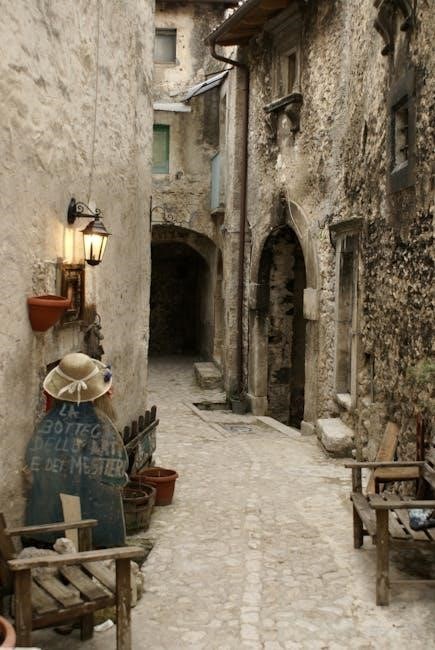
Adaptations and Performances
La Dama del Alba has been adapted into films, like the 1993 Mexican version, and staged in numerous theatrical productions, preserving its cultural significance and emotional depth.
Film Adaptations of the Play
The play has been adapted into several films, with a notable 1993 Mexican production directed by Antulio Jiménez Pons, bringing the haunting story of Angélica and Martín to the screen, highlighting the mystery and emotional depth of Casona’s work. These adaptations have helped popularize the play globally, maintaining its relevance and appeal across different audiences and mediums.
Theatrical Productions and Staging
La Dama del Alba continues to be a cornerstone of Spanish theater, with numerous productions staged globally. The 2019 production at Campoamor featured an intricate set reflecting the Narcís family’s stone house. Recent stagings, like the 2025 production by La Morentina in Lardero, highlight the play’s enduring appeal. Theatrical adaptations often emphasize the emotional depth of Angélica’s disappearance and the haunting atmosphere of the Asturian setting, drawing audiences into the mysterious world Casona created. The play’s visual and dramatic elements remain central to its staging success.
International Reception and Performances
La Dama del Alba has gained global acclaim, with performances in Mexico, Argentina, and the U.S. A notable 1993 film adaptation in Mexico brought the story to a broader audience. The play’s universal themes resonate worldwide, making it a favorite in international theater circuits. Recent productions, such as the 2025 staging at the Centro de Artes Acacia, highlight its enduring global appeal. Its emotional depth and cultural richness continue to captivate diverse audiences, solidifying its place as a timeless classic in world theater.
Availability in PDF Format
La Dama del Alba is widely available in PDF format for download. Free versions can be accessed on platforms like Scribd and archive.org. Paid versions offer higher quality and completeness.
Sources for Downloading the PDF
Sources for Downloading the PDF
La Dama del Alba PDF is available on platforms like Scribd, Google Books, and archive.org. Free versions can be downloaded from these sites, though quality may vary. Paid versions, offering higher resolution and complete texts, are available on Amazon, Editorial Losada, and Castalia. Additionally, educational institutions and libraries provide access to the PDF for research purposes. These sources ensure easy access to Alejandro Casona’s masterpiece for readers worldwide.
Free vs. Paid Versions
Free PDF versions of La Dama del Alba are available on platforms like Scribd and archive.org, though they may lack optimal quality or completeness. Paid versions, available on Amazon, Editorial Losada, and Castalia, offer higher resolution and full texts, ensuring a better reading experience. While free options provide accessibility, paid versions are recommended for scholars and enthusiasts seeking an authentic and complete representation of Casona’s work.
Quality and Completeness of Available PDFs
The quality and completeness of La Dama del Alba PDFs vary across sources. Free versions often have lower resolution and may omit certain sections or contain watermarks. Paid PDFs from reputable publishers like Editorial Losada and Castalia offer high-quality, complete texts with intact formatting and original content, making them ideal for academic and thorough reading purposes. These paid editions ensure a faithful reproduction of Casona’s original work, enhancing readability and preserving the dramatic integrity of the play.

Reading and Analysis Guides
Comprehensive guides, detailed summaries, and critical analyses of La Dama del Alba provide deep insights into its themes, characters, and dramatic techniques, aiding readers in understanding its lyrical depth and cultural significance.
Study Guides and Summaries
Study guides and summaries for La Dama del Alba provide in-depth analyses of the play’s themes, characters, and plot. These resources often include detailed breakdowns of key scenes, character motivations, and symbolic elements. PDF versions are widely available, offering summaries of acts, analyses of dramatic techniques, and historical context. They are particularly useful for students and readers seeking to understand the play’s emotional depth and cultural significance. Many guides also explore Casona’s use of mystery and redemption, making them invaluable for academic and personal study.
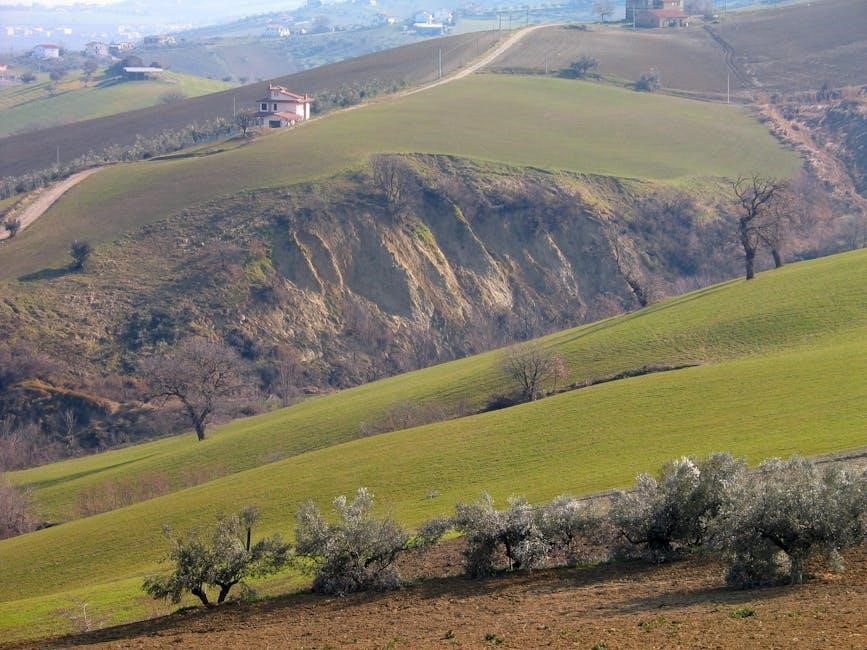
Critical Analysis and Reviews
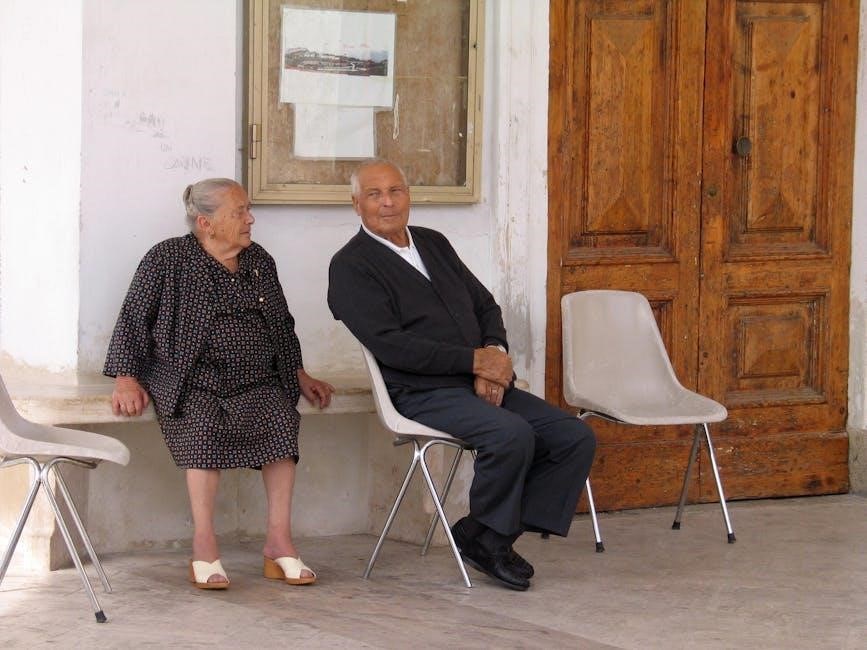
Critical analyses of La Dama del Alba highlight its emotional depth and masterful blend of mystery and folklore. Reviewers praise Casona’s ability to balance tragedy with hope, creating a unique serious comedy. The play’s exploration of human relationships with death and redemption resonates deeply. PDF reviews often emphasize the work’s cultural significance, particularly its portrayal of Asturian traditions. Critics also acclaim the play’s symbolic richness and dramatic structure, making it a timeless classic in Spanish theater. Its enduring popularity is a testament to its universal themes and lyrical prose.
Discussion Questions and Essays
Prompt: Discuss the symbolism of Angélica’s disappearance and its impact on Martín. How does this event drive the play’s themes of mystery and redemption?
Essay Topic: Analyze the role of the Peregrina and her significance in unraveling the legend of La Dama del Alba.
Question: How does Casona use Asturian folklore to enrich the narrative?
Essay Idea: Explore the balance between tragedy and hope in the play, highlighting its classification as a “serious comedy.”
These elements provide rich material for critical essays and thought-provoking discussions, making La Dama del Alba a compelling subject for literary analysis.

Comparative Analysis with Other Works
La Dama del Alba shares thematic similarities with Casona’s other works, such as La Gallarda, in its exploration of mystery and redemption, yet stands out for its unique lyrical depth.
Similarities with Other Plays by Casona
Alejandro Casona’s La Dama del Alba shares thematic and structural similarities with his other works, such as La Gallarda and El adefesio. Like these plays, it explores complex human emotions, blending drama with a touch of mystery and redemption. The use of a four-act structure and lyrical dialogue is consistent across his works, creating a unique dramatic style. Additionally, the interplay between individual struggles and collective fate, seen in La Dama del Alba, is a hallmark of Casona’s oeuvre, emphasizing both personal and universal themes.
Comparisons with International Theater Works
La Dama del Alba draws parallels with international works like Tennessee Williams’ A Streetcar Named Desire in its exploration of human emotions and tragic redemption. Both plays use dramatic intensity to uncover inner turmoil and societal pressures. Similarly, Casona’s blend of mystery and hope aligns with the lyrical realism found in Ibsen’s Ghosts, where family secrets and redemption are central themes. These comparisons highlight Casona’s ability to weave universal themes into a distinctly Spanish cultural narrative, bridging cultural divides through his emotional depth and dramatic technique.
Unique Aspects of “La Dama del Alba”
La Dama del Alba stands out for its unique blend of Asturian folklore and universal themes of loss and hope. The play’s use of the Peregrina as a mystical figure adds a layer of symbolism, while its four-act structure builds suspense and emotional depth. The integration of regional culture, such as the setting in the Casa de los Narcés, creates a vivid backdrop that immerses audiences in Casona’s vision. This distinctive mix of local tradition and timeless human struggles makes it a landmark work in Spanish theater, celebrated for its originality and emotional resonance.
Legacy and Modern Relevance
La Dama del Alba remains a cherished work, celebrated for its enduring emotional depth and cultural significance. Its themes of hope and redemption continue to captivate audiences globally, making it a timeless classic in Spanish literature and theater, while its educational use ensures its relevance for new generations.
Continued Popularity of the Play
La Dama del Alba remains a beloved work, frequently staged in theaters worldwide. Its universal themes of death, mystery, and hope resonate deeply, ensuring its relevance. The play’s emotional depth and cultural ties to Asturias continue to captivate audiences, while its adaptation into various formats, including films and educational materials, has broadened its reach. Performances in venues like Campoamor and Avenida, along with its inclusion in cultural events, highlight its enduring appeal. This timeless classic continues to inspire new generations, solidifying its place in Spanish literary and theatrical heritage.
Modern Interpretations and Adaptations
Modern stagings of La Dama del Alba blend traditional themes with contemporary techniques, such as multimedia elements and innovative staging. Recent productions, like those in theaters such as Campoamor and Avenida, have reimagined the play for modern audiences while preserving its emotional core. The work’s adaptation into films, such as the 1993 Mexican version, further highlights its enduring appeal. Additionally, its availability in PDF formats and educational materials ensures its accessibility for new generations, fostering a deeper understanding of Casona’s masterpiece in today’s cultural landscape.
Educational Use in Literature Classes
La Dama del Alba is widely used in literature classes for its rich themes, dramatic structure, and cultural significance. Educators leverage its availability in PDF formats to facilitate analysis of Casona’s lyrical prose and symbolic elements. Students explore themes like death, family, and redemption, while analyzing the play’s serious comedy genre. The work’s Asturian roots also introduce students to regional Spanish culture. Discussion questions and essays often focus on character development and dramatic techniques, making it a valuable tool for teaching critical thinking and literary appreciation in academic settings.